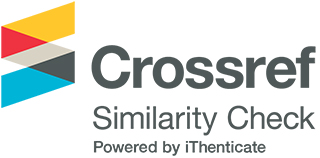Monitoring Heavy Metal Pollution at Al-Buraihi Sewage Station in Taiz, Yemen using Napier Grass (Pennisetum Purpureum Schumach) as a Bioindicator
DOI:
https://doi.org/10.33422/ejest.v4i2.433Keywords:
Napier grass, soil pollution, ICP-OES, Bioindicator, Heavy metals, PollutionAbstract
Soil pollution or soil contamination is an important environmental concern that causes health for both flora and fauna worldwide. The majority of pollutants have anthropogenic origins. However, some contaminants can occur naturally in soils as components of minerals and can be toxic at high concentrations. The biological materials like microorganisms, plants and animals have been studied to be used in biomonitoring of pollution. Plants are important bioindicators for heavy metals environmental pollution. Napier grass (Pennisetum purpureum Schumach), an animal fodder in Yemen, has been used in this study as a bioindicator for monitoring soil pollution around Al-Buraihi sewage station, Taiz, Yemen, using inductively coupled plasma-optical emission spectrometry (ICP-OES) technique. The concentrations of Cr and Pb were acceptable in all samples according to FAO and WHO, while those of As, Cd, Co, Cu, Fe, Mo, Ni, Se, and Zn were exceeding the limits of WHO in all plant species samples and accordingly recommended not to be used as animal fodder.












